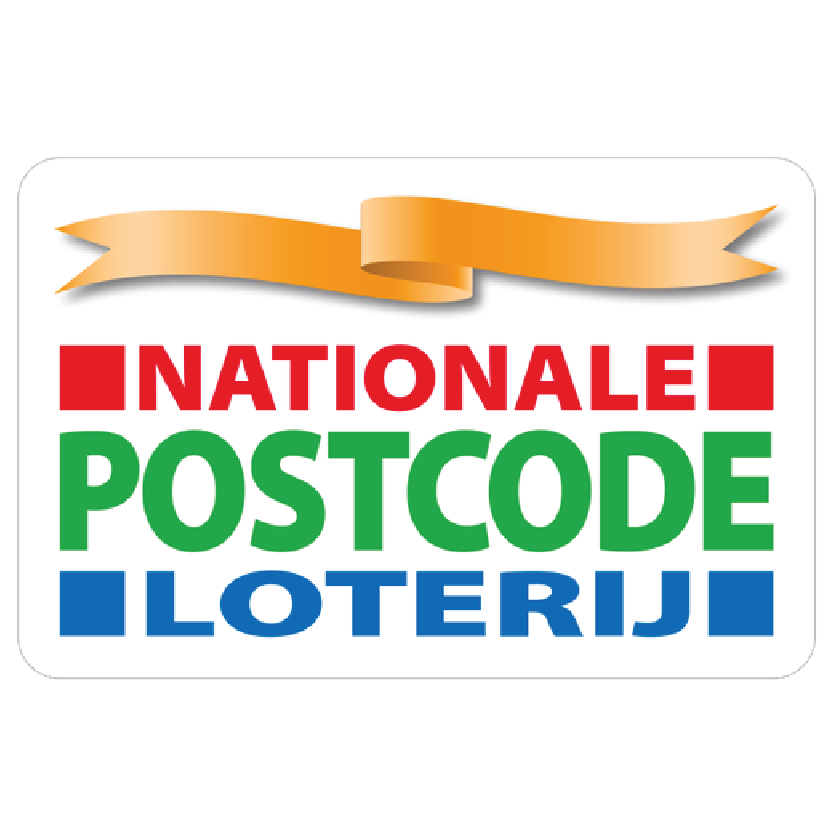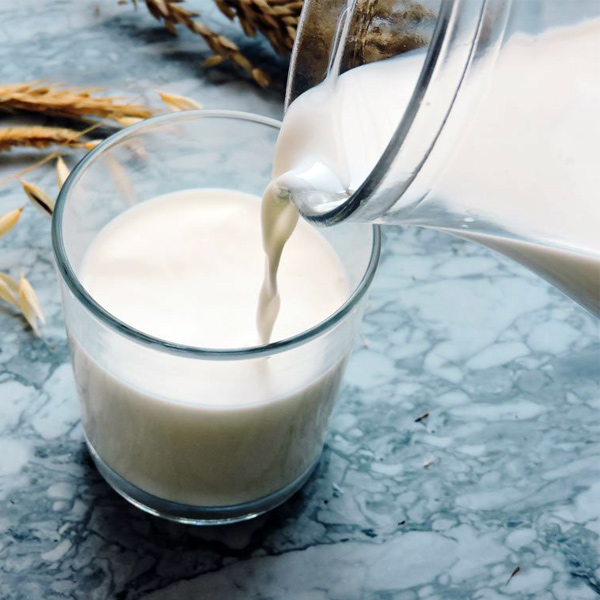When it comes to newborns, there is no substitute for breast milk. Breastfeeding is a must. But how about pasteurized milk? Is that still safe to feed your children? Bangaldeshi parents are confused and worried after reading a stream of alarming news reports about contamination of milk, as sample testing indicates the presence of harmful substances such as heavy metals and antibiotics.
Breast milk contains antibodies that help fight off viruses and bacteria in infant. It is highly recommended by WHO and doctors all over the world that the first colostrum milk extremely important for a newborn. Breast milk provides the perfect mix of vitamins, protein, and fat. Babies who are breastfed exclusively for the first 6 months are at lower risk of having asthma or allergies, ear infections, respiratory illnesses, and even diarrhea. They also have fewer hospitalizations and trips to the doctor. All in all, exclusive breastfeeding of newborns is a MUST for the first six months, for their daily and future growth. There is really no substitute for breast milk.
However, what about milk powder and pasteurized milk? in Bangladesh and many places in the world, parents often assume processed milk is a good alternative for their children as follow-up of breastfeeding. This might not always be the best idea, because processed fresh milk available at markets and supermarkets can be contaminated and thus can be harmful, even more to children than to adults. In Bangladesh people have reason to be worried. Since May last year newspapers are publishing disturbing reports about the contamination of pasteurized milk, produced by major brands. Recently, after a whole series of tests the High Court in July even ordered fourteen brands to temporary stop production, following the detection of harmful heavy metals like lead and cadmium, antibiotics, detergent and hazardous bacterial organisms.
Lead found in milk is a cumulative toxicant which affects badly in our body system and it’s dangerous for young children. According to the World Health Organization (WHO), “After consumption, lead is distributed to the brain, liver, kidney, and bones. It is stored in the teeth and bones, where it accumulates over time. Human exposure is usually assessed through the measurement of lead in blood”. Experts say that the lead found in produced milk can badly affect liver, kidney and bones. There is a limit of 0.02 milligrams of lead per kilogram of milk that adults can intake, but in some of the brands of milk in Bangladesh, the amount of lead was found to be five times higher (0.1 milligrams per kilogram).
Lead exposure costs Bangladesh $15.9 billion annually says by the Department of Pediatrics at the New York University (NYU) School of Medicine. Lead will effect on a child’s ability to pay attention and consuming cadmium can damage the kidney, warned by Center for Disease Control and Prevention of the US. In the meantime these top brands milk producers of Bangladesh advertise their milk as a source of nutrition and vitamins. And the scary part is that these brands are all registered with the Bangladesh Standard and Testing Institution (BSTI).
We need to be more careful about the food we put in our babies’ mouths, and what we feed our families, both children and adults. The problem is, how do we know which food is harmful and which is safe? Sample testing doesn’t always offer a clear answer, as shows the case of milk testing in Bangladesh. While three different national laboratory tested the same samples of milk, the outcomes were not the same. The results of the level of contamination varied substantially, up to nine times, as a recent report in the Daily Star indicates. In the meantime the apex court chamber has declared that all 14 tested brands are found safe for consumption, after testing in a laboratory in India. But people remain doubtful, and not only about the milk, but about all the other food tested by national laboratory. It is high time to take steps to ensure people are not consuming contaminated milk and other food and harming themselves in the name of false nutrition.











 (36)
(36)